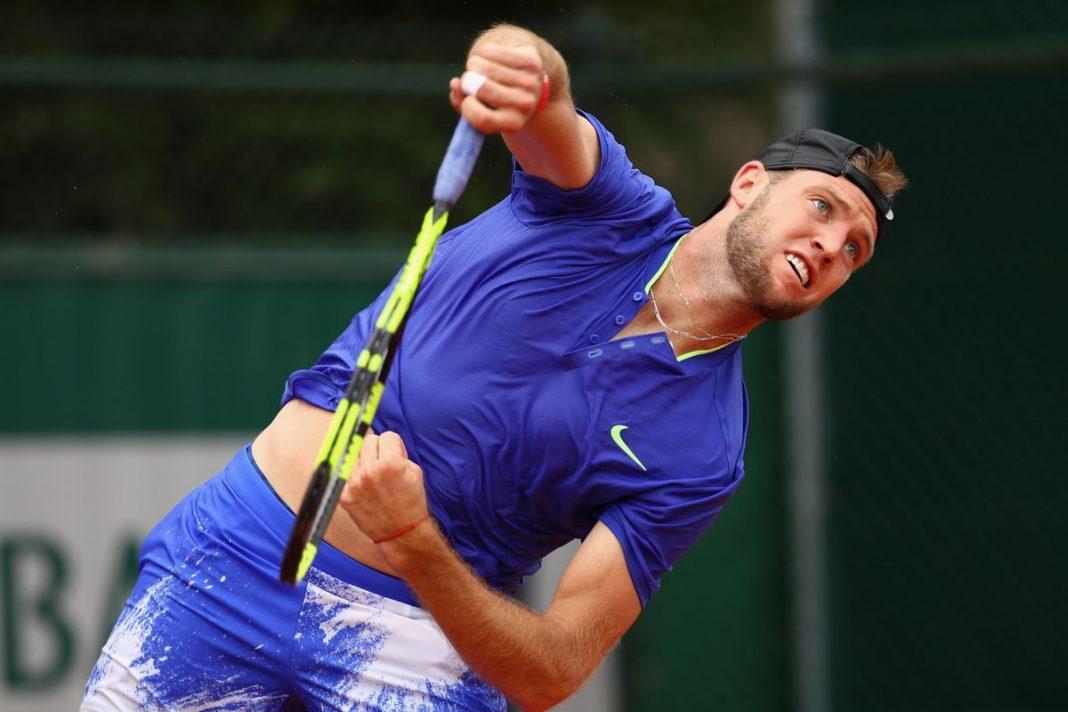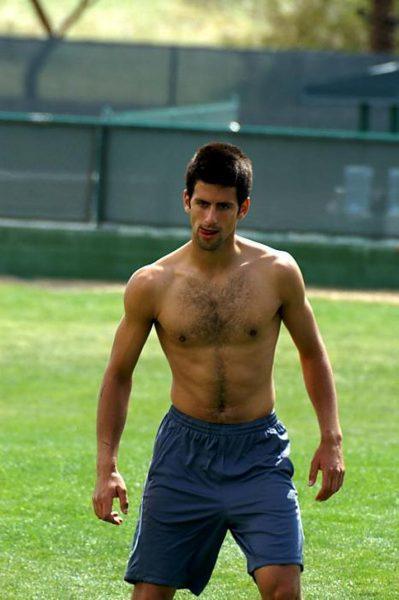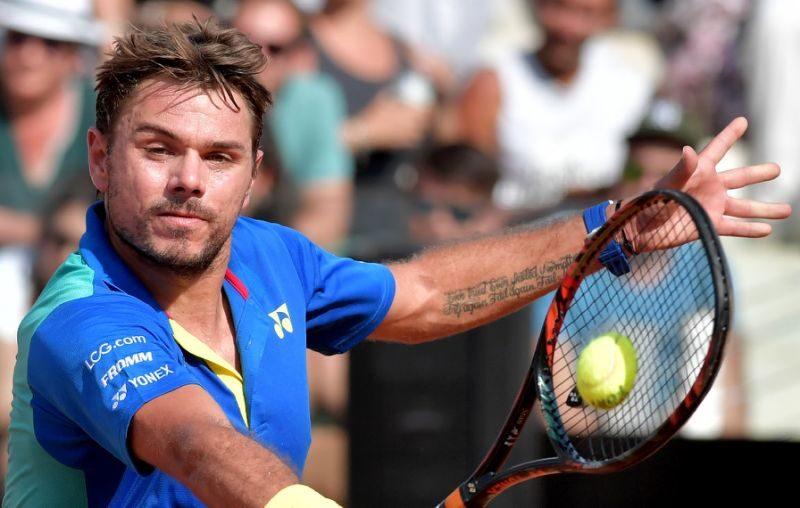
The 2017 French Open had their upset of the day with Jack Sock’s underwhelming match with Jiri Vesely that sees the fourteenth seed in the men’s draw head home in the first round. The American appeared rather sluggish after making 39 unforced errors before crashing out of a Grand Slam first round for the very first time in his career.
Jack Sock went to the island of Mallorca ahead of the French Open, planning to train with Rafael Nadal. Didn’t work out that way.
“It was supposed to be with Rafa,” Sock lamented, “until he won Monte Carlo and Barcelona and every tournament he plays.”
So Nadal took some time off, and Sock wound up practicing with lower-tier players. Then he came to Roland Garros and endured a first-round exit at the clay-court Grand Slam tournament for the first time, losing as the No. 14 seed to Jiri Vesely of the Czech Republic 7-5, 7-5, 6-3 on Monday.
“Overall,” the highest-ranked American man summed up, “pretty horrendous day for me.”
He added: “I tried to get back in it, but when I was missing so many shots I was missing, seemed like an inevitable loss for me.”
Sock – who was born in Nebraska, grew up in Kansas and now is based in Florida – did not offer much in the way of specific explanations for what he thought went wrong.
One issue: He made 39 unforced errors to 23 for Vesely, who is ranked 57th and entered the day with a 2-4 record at the French Open, never advancing past the second round.
Sock, in contrast, had only once before failed to get past the second round in Paris, including a trip to the fourth round in 2015.
“Pretty huge disappointment, especially on a surface I really enjoy playing. Great memories here,” he said. “But need to get home, regroup, take a little break from tennis for a minute, get the energy and enthusiasm back.”
He said he thinks he will need to reassess his schedule, maybe finding space for more time off by playing fewer tournaments.
“If I feel fresh and energized and excited to play for a week,” he said, “that’s when I do my best.”
One thing Sock is certain about: “I will not,” he said, “be in Mallorca next year.”
A close look at two top French Open champions, Novak Djokovic (2016) and Stan Wawrinka (2015) gives an idea of their chances of landing another Roland Garros win.
Roland Garros 2016 – Novak Djokovic
1. Serving at 0/15 (73% won)
Djokovic fell behind 0/15 30 times on serve at Roland Garros in 2016. He won the 0/15 point 73 per cent (22/30) of the time, which was higher than his 2016 season average of 69 per cent. The eight times he did fall behind 0/30 at Roland Garros, he won his serve on only one occasion.
2. First Serve Percentage Down Break Point (70%)
Djokovic faced 43 break points at Roland Garros in 2016. He made 70 per cent (30/43) first serves, which was five percentage points (65 percent) higher than his season average. At Roland Garros, he made 73 percent (8/11) in the deuce court, and 69 percent (22/32) in the ad court.
3. Second Serve Points Won (60%)
Djokovic won a dominant 60 percent (120/199) of his second-serve points in Paris last year. His career average in this specific area on clay is 54 percent (3,073/5,669), while his 2016 season all-surfaces average was 56 percent. The career leader of second-serve points won on clay is Rafael Nadal, at 56 percent (4,358/7,765).
4. Total Return Points Won (49%)
Djokovic actually won fewer service points (67 per cent to 66 per cent) at Roland Garros compared to his season average. But on the return side, he improved from a season average of 44 percent (2,498/5,657) to a mind-blowing 49 per cent (335/689).
5. First Serve Return Points Won (42%)
Djokovic is 19th in the career averages list of first-serve return points won at 36 percent (3,807/10,517). Overall in the 2016 season he was at 35 percent (1,185/3,413). This part of his game caught fire at Roland Garros last year, winning a staggering 42 percent (175/418) of first-serve return points.
Roland Garros 2015 – Stan Wawrinka
1. Break Points Saved (82%)
Wawrinka found himself down break point 51 times at Roland Garros in 2015. He saved an astounding 82 percent (42/51) of them, which was way up from his 2015 season average of 68 per cent (288/426).
2. Holding After Breaking Serve (97%)
When Wawrinka broke serve, he did an excellent job of holding serve in the following game. Wawrinka held serve 30 of 31 times (97 per cent) in this specific situation, which was up from his 2015 season average of 90 per cent (179/198).
3. Receiving With New Balls (42%)
Serving with fresh balls always seems to be a psychological advantage for the server. In the 2015 season, Wawrinka broke serve 20 percent of the time (21/106) when facing new balls. But that percentage more than doubled at Roland Garros, as he broke serve 42 per cent (5/12) when facing new balls.
4. Breaking After Losing Serve (56%)
The disappointment of losing serve can make it tough to break straight back. In 2015, Wawrinka broke straight back after losing serve 24 percent (31/130) of the time. At Roland Garros, he got straight back on the horse, breaking 56 percent (5/9) of the time.
5. Breaking from 0/40 (100%)
Wawrinka finished what he started when returning at Roland Garros in 2015. Ten times he got his opponent to 0/40 on serve, and 10 times he broke. In the 2016 season he was at 90 percent (45/50), and from the start of the 2015 season up to Madrid earlier this month, he broke serve just 76 percent (105/139) of the time after building a 0/40 lead returning.



